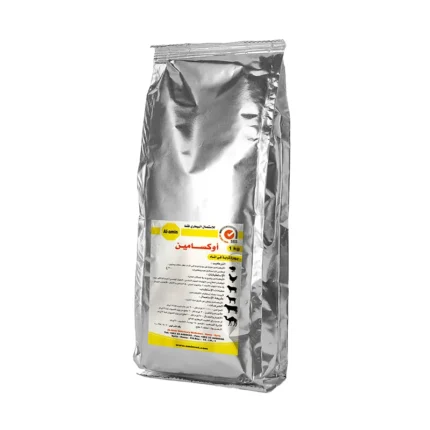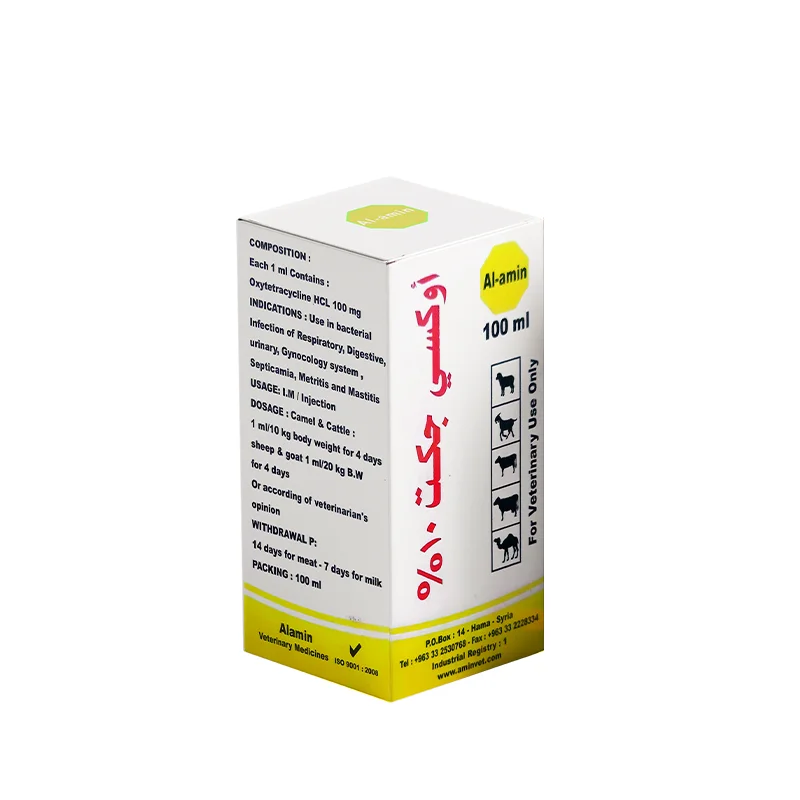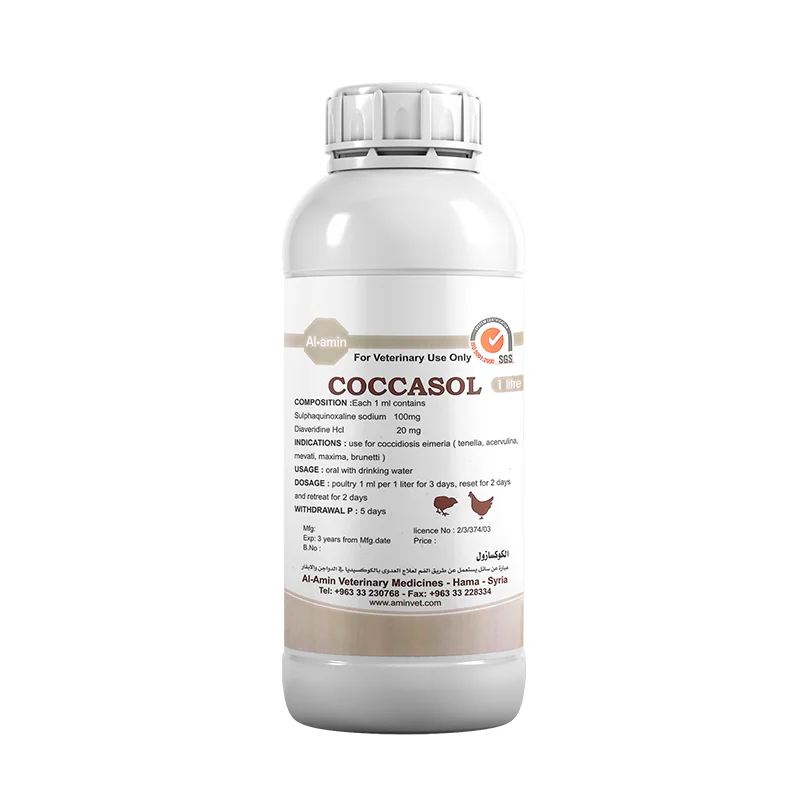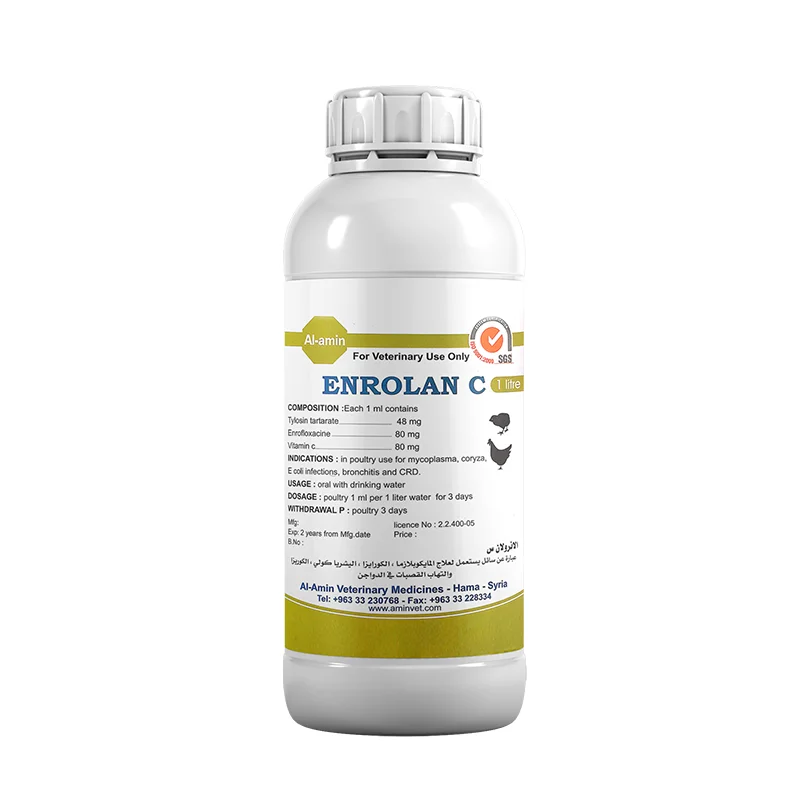Composition :
Each ml contains:
Oxytetracycline Hydrochloride 100 mg
Description :
Oxytetracycline belongs to the group of tetracyclines and acts bacteriostatic against many Gram-positive and Gram-negative bacteria like Bacillus, Corynebacterium, Campylobacter, E. coli, Haemophilus, Pasteurella, Salmonella, Staphylococcus and Streptococcus ., and Mycoplasma, Rickettsia and Chlamydia . The mode of action of oxytetracycline is based on inhibition of bacterial protein synthesis. Oxytetracycline is mainly excreted in urine and to a lesser degree in bile and in lactating animals in milk.
Indications :
Infectious diseases caused by micro-organisms susceptible to Oxytetracycline, like respiratory infections, gastro-enteritis, metritis, mastitis, salmonellosis, dysentery, foot rot, sinusitis, urinary tract infections, mycoplasmosis, CRD (chronic respiratory disease), shipping fever and liver abscesses.
In camels, cattle, sheep and goats .
Contraindications:
- Hypersensitivity to Oxytetracycline
- Animals with renal or liver failure
- Not to be used in horses
Side effects :
Hypersensitivity reaction .
Interactions:
Oxytetracycline should not be used concomitantly with Penicillins or Cephalosporines.
Usage :
For intramuscular injection
Dosage :
Camels and cattle : 1 ml per 10 kg of body weight for 3-5 days .
Sheep and goats : 2 ml per 10 kg of body weight for 3- 5 days .
Withdrawal Period :
Meat : 14 days Milk : 4 days .
Storage conditions :
Store in airtight containers, in a moderate temperature (15-25 C) and protect from direct sunlight .
Packing :
Vial of 100 ml .
















